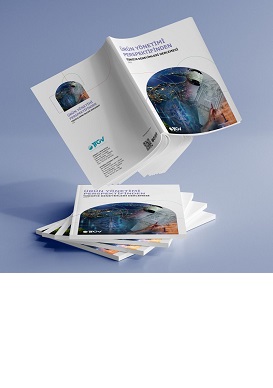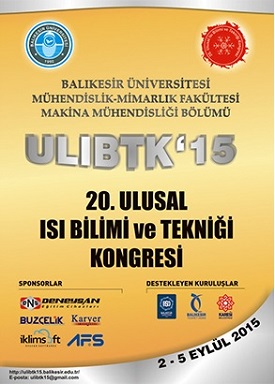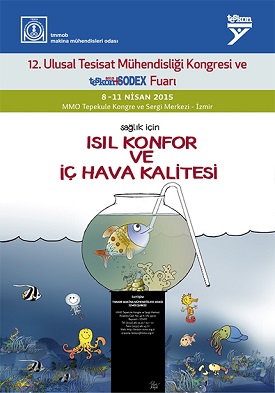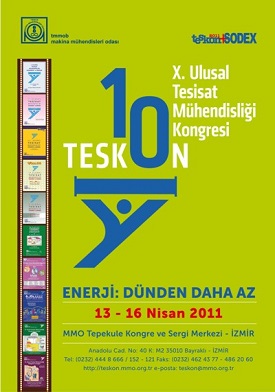Technology Development Foundation of Türkiye (TTGV)
Compilation of The Experiences in Türkiye From The Product Management Perspective, 2022
Today’s business leaders are primarily focused on two comprehensive goals when developing new products. The primary goal is to increase business growth through investment in new products. This calls for increased revenues and profits brought on by a constant stream of new products. The second goal is to strengthen the company’s competitiveness both today and in the future through the development of new products (Marvin, 2005, p.46). Modern businesses need new products to succeed in the long run and compete with their competitors. Effective new product development processes have become a top strategic priority for businesses due to the circumstances brought on by rapidly evolving technology, market globalization, rising local and global competitiveness, and similar reasons (Cooper, Edgett & Kleinschmidt, 2001, p.1).
How businesses can manage their research and new product development resources in the most effective and efficient way in line with their goals is the most critical question in the new product development process. Finding a solution to this crucial question and enabling businesses to achieve
their corporate goals through the effective use and management of their resources in the new product process are the key goals of product portfolio management (Cooper et al., 2001, p.1).
Product portfolio management and its significance in the new product process are addressed in this study titled Current Trends in the Air Conditioning and Refrigeration Industry from the Perspective of Product Portfolio Management. The study uses the air conditioning and refrigeration industry as an example industry, and current industrial trends that are believed to aid businesses in developing technology and product roadmaps during the portfolio planning process are provided in an effort to make the topic more concrete.
Click Here To Download




